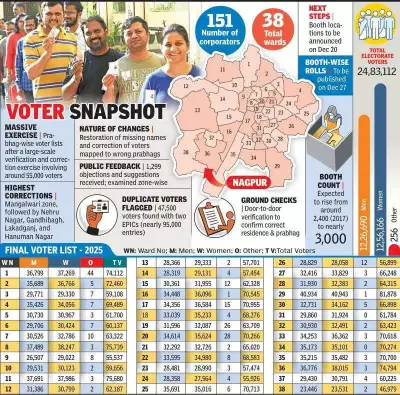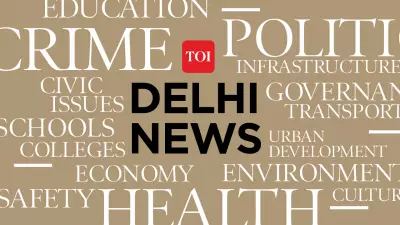
Once celebrated as India's garden city and now renowned as its Silicon Valley, Bengaluru finds itself trapped in an endless cycle of urban decay and governance failures. The city that should be leading India's technological revolution is instead battling basic civic challenges that threaten its very identity.
The Never-Ending Traffic Nightmare
Bengaluru's roads have become synonymous with gridlock. What was once a 20-minute commute now stretches into hours-long ordeals. The city's infrastructure has completely failed to keep pace with its explosive growth, leaving residents stranded in traffic that has become the stuff of national headlines.
The recent torrential rains only exposed the city's fragile underbelly, turning streets into rivers and bringing the metropolis to a complete standstill. Yet, these annual monsoon disasters seem to trigger only temporary outrage, followed by the familiar return to complacency.
Infrastructure Collapse and Political Paralysis
The city's struggles go far beyond traffic. Basic amenities like reliable water supply, waste management, and functional drainage systems remain elusive for many residents. The much-hyped infrastructure projects move at a glacial pace, caught in bureaucratic red tape and political squabbling.
What's particularly frustrating for Bengaluru's citizens is the predictable pattern of crisis and response. Each disaster brings forth grand promises and temporary fixes, only for the city to return to its dysfunctional normal once the headlines fade.
The Governance Deficit
Multiple agencies with overlapping responsibilities and lack of coordination have created a governance nightmare. The absence of a single, accountable authority means problems get passed around like hot potatoes while citizens bear the brunt of administrative chaos.
The political establishment appears more focused on scoring points than solving problems. The ruling party and opposition remain locked in perpetual blame games while the city's infrastructure continues to crumble.
A City Losing Its Soul
Beyond the physical infrastructure crisis lies a deeper cultural loss. Bengaluru's famous pleasant climate is being replaced by concrete-induced heat islands. Its green cover is rapidly disappearing, making way for unchecked construction. The city's unique character, which once blended modernity with natural beauty, is being eroded day by day.
Long-time residents watch with growing despair as the city transforms from a peaceful retirement destination into an urban pressure cooker where quality of life deteriorates with each passing year.
Is There Hope for Recovery?
Despite the grim scenario, Bengaluru's resilient spirit offers glimmers of hope. Citizen groups and neighborhood associations are increasingly taking matters into their own hands, demonstrating that bottom-up initiatives can sometimes achieve what top-down administration cannot.
The city's world-class IT workforce and entrepreneurial energy remain its greatest assets. If channeled properly, this human capital could drive the urban renewal that political leadership has failed to deliver.
However, time is running out. Without urgent, coordinated action and political will, Bengaluru risks becoming a cautionary tale of how not to manage urban growth - a fate that would be tragic for a city with so much potential and historical significance.





